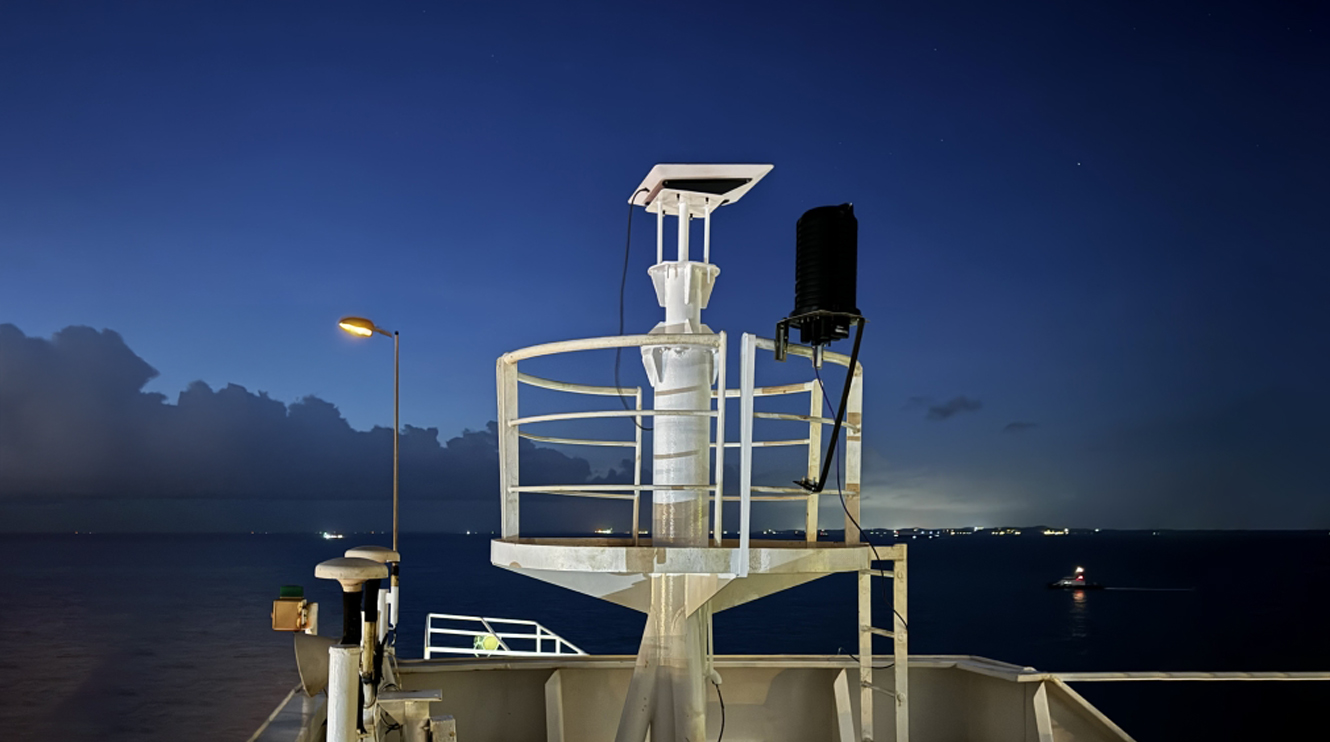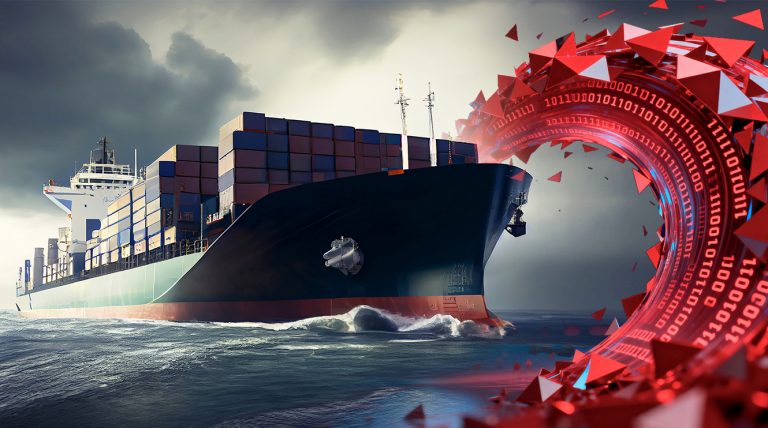Estimated reading time: 2 minutes, 38 seconds.
When a vessel changes ownership, the handover often brings significant challenges, especially for IT managers tasked with ensuring operations are up and running. Vessels are often delivered without critical communication equipment and services like VSAT antennas, routers, hotspots, VOIP phones, end-user devices, servers, software, and even navigation tools. This leaves IT teams under pressure to find the right partners, procure equipment, and plan installations—often in remote locations.
The challenge is compounded by tight deadlines: every extra day a vessel stays docked leads to financial losses. Connectivity becomes a critical factor, dictating whether installations proceed smoothly or face delays.
The Connectivity Ainigma: Challenges IT Managers Face
A stable network connection is essential for configuring and testing systems. However, IT teams frequently encounter connectivity issues during installations, including:
-
Delays in Activating Satellite Services
New satellite providers often take time to activate services, slowing down network establishment. -
Starlink Underperformance
While Starlink Maritime offers good coverage, it can underperform in regions with geo-restrictions or service outages, such as within 12 nautical miles of countries like China or Russia. -
Delayed or Faulty Equipment
Late deliveries, faulty devices, or improperly installed network cables can delay the process, making an already challenging timeline even tighter.
In such scenarios, reliable connectivity is crucial—and 5G often steps in as a game-changer during these critical periods.
Prioritizing 5G: A Game-Changer for Vessel Installations
For docked or nearshore vessels, 5G is frequently the most reliable solution to ensure connectivity. Its robust coverage, extending up to 20 miles offshore, makes it ideal for critical onboard installations.
Key Benefits of 5G Connectivity
-
High-Speed Data Transfer
With bandwidth and speeds comparable to Starlink, 5G enables smooth software downloads, remote configurations, and real-time communication with shore offices. It also provides an office-like experience, allowing IT engineers to work efficiently and productively. -
Quick Deployment with Outdoor 5G Routers
Our Outdoor IP68 4G/5G router is specifically built for maritime environments. Its heavy-duty, waterproof design ensures reliable connectivity up to 20 miles offshore, even under harsh conditions. -
All-in-One Connectivity Solution
The router minimizes signal loss through its integrated design, connects seamlessly with marine-grade cables, and supports Power over Ethernet (PoE) for easy installation. It also serves as a dependable backup WAN option when satellite services are down.
Integration for Maximum Efficiency: GEO, LEO, 5G, and WiFi
For optimal connectivity, vessels can combine Starlink, Vsat, 5G, and WiFi into a unified solution. Our Multi-WAN Network Management Suite ensures dynamic bandwidth allocation, auto-gateway switching, and uninterrupted connectivity.
Why IT Managers Should Prioritize 5G
Satellite communication delays can disrupt onboard installations and jeopardize tight schedules. Incorporating 5G as the first step in your connectivity plan ensures stable networks from the start, allowing engineers to work without interruptions.
Takeaway:
When planning your vessel’s next system installation, prioritize coverage and connectivity. Deploying a 5G solution ensures smooth IT operations and minimizes costly delays. In today’s maritime industry, where time is money, 5G is not just an option—it’s a necessity.
The Future of Maritime Connectivity
While satellite services like Starlink remain crucial for open-ocean operations, 5G’s nearshore capabilities are revolutionizing vessel handovers. By integrating these technologies, IT managers can ensure efficient installations and keep vessels on schedule, no matter the challenges.
For more information about our Outdoor IP 68 4G/5G router and maritime connectivity solutions, contact us. Let us help you prepare your vessel for smooth sailing.





